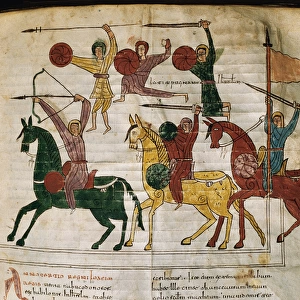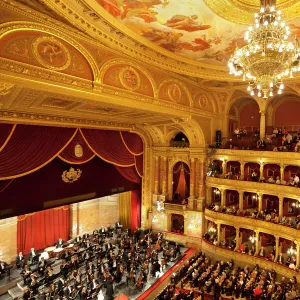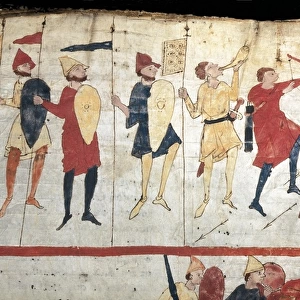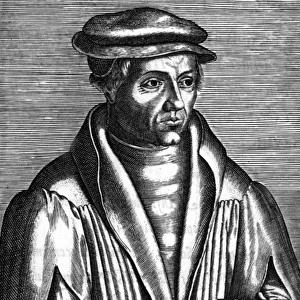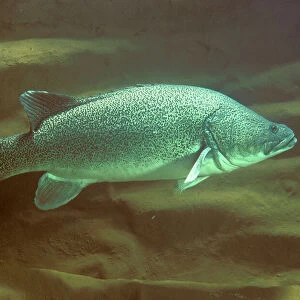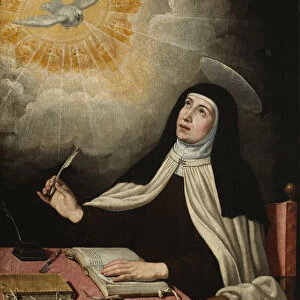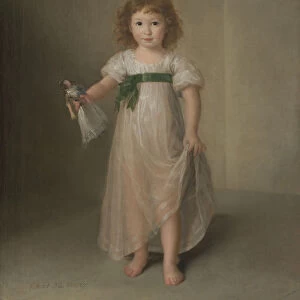Home > Animals > Fishes > C > Cod
Escorial Beatus, 10th c White Army of God
![]()

Wall Art and Photo Gifts from Mary Evans Picture Library
Escorial Beatus, 10th c White Army of God
Escorial Beatus. 950 - 955. Cod & II. 5. Folio 144r. Faithful and True Rider, with a sword in his mouth, and the White Army of God (Rev. XIX, 11-16). Codex with the Commentary on the Apocalypse of St. John (776-786) of Beatus of Li颡 na. Preromanesque art. Miniature Painting. SPAIN. MADRID (AUTONOMOUS COMMUNITY). San Lorenzo de El Escorial. Royal Library of the Monastery of El Escorial. Proc: SPAIN. LA RIOJA. San Millᮠ de la Cogolla
Mary Evans Picture Library makes available wonderful images created for people to enjoy over the centuries
Media ID 14179908
© Iberfoto/Mary Evans
10th Apocalypse Autonomous Beatus Codex Cogolla Commentary Community Escorial Faithful Folio Li X98a1 Na Lorenzo Mill Millan Monastery Mouth Proc Rider Rioja True Preromanesque
FEATURES IN THESE COLLECTIONS
EDITORS COMMENTS
This stunning image is taken from the Escorial Beatus, a 10th-century Spanish codex with a commentary on the Apocalypse of St. John, now housed in the Royal Library of the Monastery of El Escorial in Madrid, Spain. The miniature painting on folio 144r depicts the Faithful and True Rider, a key figure from the Book of Revelation (Rev. XIX, 11-16). The rider is shown with a sword in his mouth, symbolizing his power and authority, and leading the White Army of God, an army of angels and saints, against the forces of evil. The Escorial Beatus is a prime example of Preromanesque art, a style that emerged in the Iberian Peninsula during the 10th and 11th centuries, before the Romanesque and Gothic styles became dominant. The codex was likely produced in the monastery of San Millán de la Cogolla in the province of La Rioja, northern Spain. The intricate details of the painting, such as the ornate clothing and armor of the rider and the various symbols and motifs used to represent the different members of the army, demonstrate the high level of skill and artistry of the artist or artists who created it. The Escorial Beatus is a valuable and important work of European art, providing insights into the religious beliefs and artistic traditions of the early medieval period.
MADE IN AUSTRALIA
Safe Shipping with 30 Day Money Back Guarantee
FREE PERSONALISATION*
We are proud to offer a range of customisation features including Personalised Captions, Color Filters and Picture Zoom Tools
SECURE PAYMENTS
We happily accept a wide range of payment options so you can pay for the things you need in the way that is most convenient for you
* Options may vary by product and licensing agreement. Zoomed Pictures can be adjusted in the Cart.




